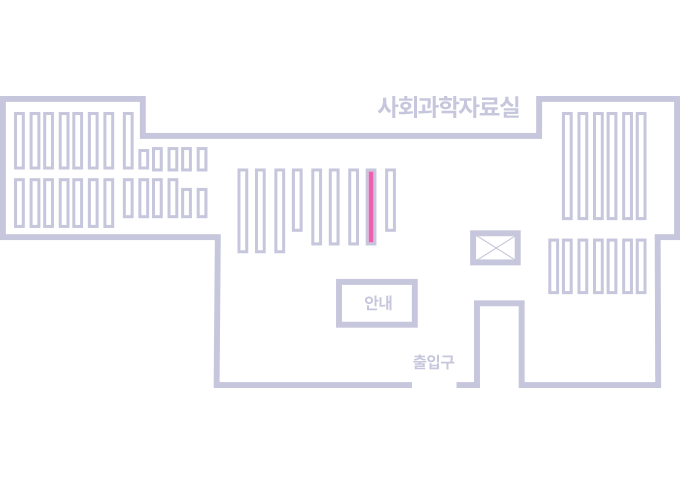권호기사보기
| 기사명 | 저자명 | 페이지 | 원문 | 기사목차 |
|---|
| 대표형(전거형, Authority) | 생물정보 | 이형(異形, Variant) | 소속 | 직위 | 직업 | 활동분야 | 주기 | 서지 | |
|---|---|---|---|---|---|---|---|---|---|
| 연구/단체명을 입력해주세요. | |||||||||
|
|
|
|
|
|
* 주제를 선택하시면 검색 상세로 이동합니다.
Title Page
Contents
Abstract 10
Ⅰ. Introduction 12
Ⅱ. Method and Materials 15
1. Cell line 15
2. Mouse models 15
3. Cell proliferation assay 16
4. Colony formation assay 16
5. Plasmids and shRNA Retroviral transduction 17
6. Mass spectrometry analysis 17
7. Site directed mutagenesis 18
8. In Vitro Acetylation and Deacetylation Assays 18
9. Immunoprecipitation assay 19
10. Immunofluorescence assay 19
11. Protein lysate preparation and western blotting 20
12. Isolation of RNA and qRT-PCR 21
13. RNA sequencing 21
14. Mouse xenografts-SIRT7i treatment with sorafenib 21
15. Mouse xenografts-DDX3Xi (RK-33) treatment with sorafenib 22
16. Immunohistochemical staining 22
17. Statistical Analysis 23
18. Data and code availability 24
Ⅲ. Results 25
1. TCGA liver HCC data implied that SIRT7 expression may be associated with sorafenib resistance 25
2. Loss-of-SIRT7 effectively re-sensitized HCC to sorafenib 30
3. SIRT7 inhibitors combined with sorafenib drove potent synergistic cell death by suppressing pERK1/2 signaling 35
4. Suppression of SIRT7 inhibited tumor growth in vivo 43
5. DDX3X was found to be a deacetylation target of SIRT7 46
6. SIRT7-mediated DDX3X modification was responsible for regulating ERK1/2 signaling 51
7. Loss-of-SIRT7 suppressed pERK1/2 through DDX3X-mediated NLRP3 inflammasome 55
Ⅳ. Discussion 60
References 71
국문초록 80
Fig. 1. Association analysis of the transcriptional expressions in sorafenib-resistant HCC samples. 27
Fig. 2. Expression profiles of the protein deacetylase family. 29
Fig. 3. SIRT7 silencing inhibits the proliferation of sorafenib-resistant liver cancer cells. 32
Fig. 4. SIRT7 silencing inhibits proliferation of sorafenib-resistant HCC cells. 34
Fig. 5. Development of SIRT7 - targeted chemical inhibitors. 37
Fig. 6. Modeled structure of SIRT7-targeted chemical inhibitors. 39
Fig. 7. Chemical inhibitor of SIRT7 sensitizes sorafenib resistance. 40
Fig. 8. SIRT7 chemical inhibitors combined with sorafenib treatment reduce resistant cell viability. 42
Fig. 9. Combination of SIRT7i and sorafenib displays potent antiproliferative effects in a xenograft mouse model. 44
Fig. 10. DDX3X is a deacetylation target of SIRT7. 48
Fig. 11. DDX3X as the deacetylation target of SIRT7 by interactome analysis. 50
Fig. 12. SIRT7 is required to activate pERK signaling through stabilising DDX3X. 53
Fig. 13. Loss-of-SIRT7 inhibits NLRP3 inflammasome assembly to enable HCC cells to perform pro-survival signaling through DDX3X modification 57
Fig. 14. Loss-of-SIRT7 inhibits interleukin-1β expression. 59
SIRT7 (SIRT7)은 종양 발생에 중요한 역할을 하며 스트레스 반응과 종양 세포 사멸에 중요한 역할을 하는 세포 스트레스의 강력한 조절제로 특징지어져 왔으나, sorafenib 후천성 저항성에 대한 SIRT7 의 영향력에 대해서는 거의 알려져 있지 않으며 간세포암종에서 이와 관련한 항종양 메커니즘은 현재까지 명확하게 밝혀지지 않았다. 본 연구에서는 간세포암종에서 항종양제 저항성을 극복하기 위해 빅테이터 분석을 통한 SIRT7 을 sorafenib 과 병행하여 종양세포사멸이 가능한 새로운 타겟으로 발굴하여 약물 저항성 극복여부를 테스트하였으며, SIRT7 이 sorafenib 저항성 간세포암종에서 상향 조절되는 사실을 바탕으로 SIRT7 의 억제가 sorafenib 민감성을 효과적으로 복원할 수 있다는 가능성을 제시하였다. 매커니즘적으로, 후천성 sorafenib 저항성은 높은 수준의 ERK1/2 인산화와 관련이 있으며 과활성화된 ERK1/2 는 NLRP3 염증조절복합체의 형성으로 생성된 IL-1β 의 신호를 조절하는 DDX3X 의 SIRT7 의존적 탈아세틸화에 의해 조절되어질 수 있음을 발견하게 되었다. 따라서 이를 역으로, SIRT7 억제를 통한 DDX3X 결핍으로 저하된 NLRP3 염증복합체 매개 IL-1β 로 과활성된 ERK1/2 의 신호 전달을 차단함으로써 후천성 sorafenib 저항성을 극복할 수 있다는 결과를 새롭게 도출하게 되었다.
요약하자면, 본 연구는 sorafenib 에 후천성 sorafenib 저항성 간암세포암종에서 DDX3X 탈아세틸화를 매개하여 ERK1/2 신호 활성화를 조절하는 핵심 분자 역할을 하는 SIRT7 의 기능적 역할을 제시하며, sorafenib 과 결합된 SIRT7 의 억제는 sorafenib 민감성을 효과적으로 회복시킬 수 있음을 밝혀, 본 연구에서 확인된 조합 요법을 통해 sorafenib 저항성을 가진 진행성 간세포암종 환자에게 효과적인 치료 전략을 제시하고 있다.*표시는 필수 입력사항입니다.
| 전화번호 |
|---|
| 기사명 | 저자명 | 페이지 | 원문 | 기사목차 |
|---|
| 번호 | 발행일자 | 권호명 | 제본정보 | 자료실 | 원문 | 신청 페이지 |
|---|
도서위치안내: / 서가번호:

우편복사 목록담기를 완료하였습니다.
*표시는 필수 입력사항입니다.
저장 되었습니다.